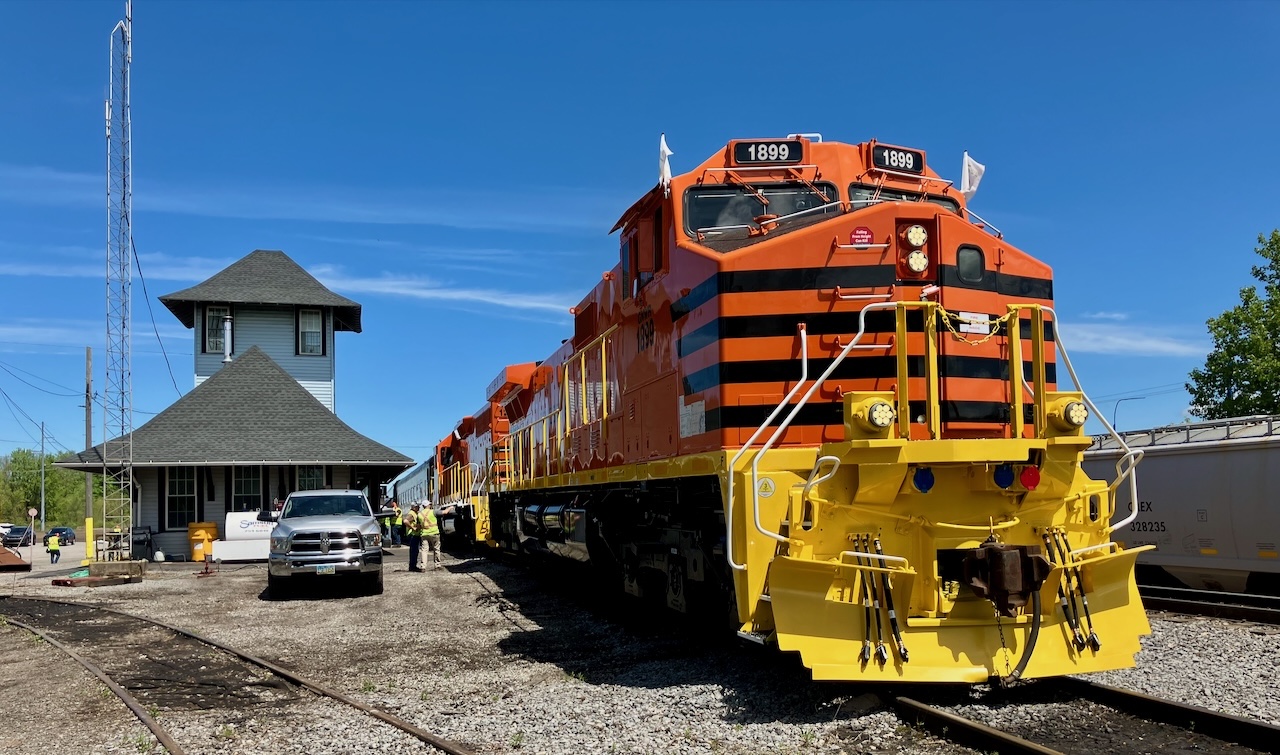
ROCHESTER, N.Y. – Short line holding company Genesee & Wyoming Industries today celebrated the 125th anniversary of its namesake original short line — the 14-mile salt-hauler Genesee & Wyoming Railroad — with an excursion and the unveiling of two heritage locomotives.
The gleaming units, C44-9 No. 1899 and GP38-2 No. 125, sport that same orange livery that the G&W’s Alcos wore. GENESEE & WYOMING is spelled out on the long hood and four black whisker stripes wrap around each end of the locomotives.
The unit numbers are a nod to GNWR’s founding year and its 125th anniversary. The 1899 bears the name E.L. Fuller, who purchased the Genesee & Wyoming Valley Railroad out of bankruptcy and renamed it the Genesee & Wyoming Railroad on March 24, 1899.
E.L.’s great-grandson, retired G&W Chairman Mortimer B. Fuller III, who gained a controlling interest in the GNWR in 1977 and created the GWI holding company to diversify the business, was on hand for the ceremony in the Rochester & Southern Railroad Brooks Avenue Yard. The R&S absorbed the GNWR in 1986.
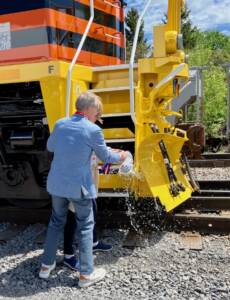
Mort Fuller and his wife, retired GWI communications director Sue Fuller, christened the 1899 by smashing a bottle of champagne on the locomotive’s pilot just before 1 p.m. The bubbly was still dripping off No. 1899 when steam whistle blasts echoed across the yard from a whistle once used on GNWR 2-6-0 No. 17.
“There are some railroads that are older than us, like the Union Pacific Railroad from 1862. And there are some railroads that are younger than us, like Canadian National in 1919. Yes, we are older than Canadian National,” GWI Executive Chairman Jack Hellmann said during the ceremony attended by employees, customers, and state and local elected officials. “But we’re privileged to be among the select few that have the longevity to celebrate our 125th anniversary.”
Today GWI operates 114 railroads around the world, with 110 of them in North America. “We have come a long way from that single short line,” Hellmann says.
Mort Fuller initially branched out into freight car leasing and the car repair business. After the passage of the Staggers Act that partially deregulated the industry in 1980, Fuller became one of the pioneers in leasing or acquiring marginal lines that Class I railroads cast off.
After acquiring railroads in North America, GWI turned its attention to acquisitions in Canada, Mexico, Australia, and Europe. After becoming a publicly traded company in 1996, GWI went on a 25-year acquisition spree and became the largest shortline holding company. GWI became a private company once again in 2019, when it was acquired by Brookfield Infrastructure Partners and GIC in a deal valued at $8.4 billion.
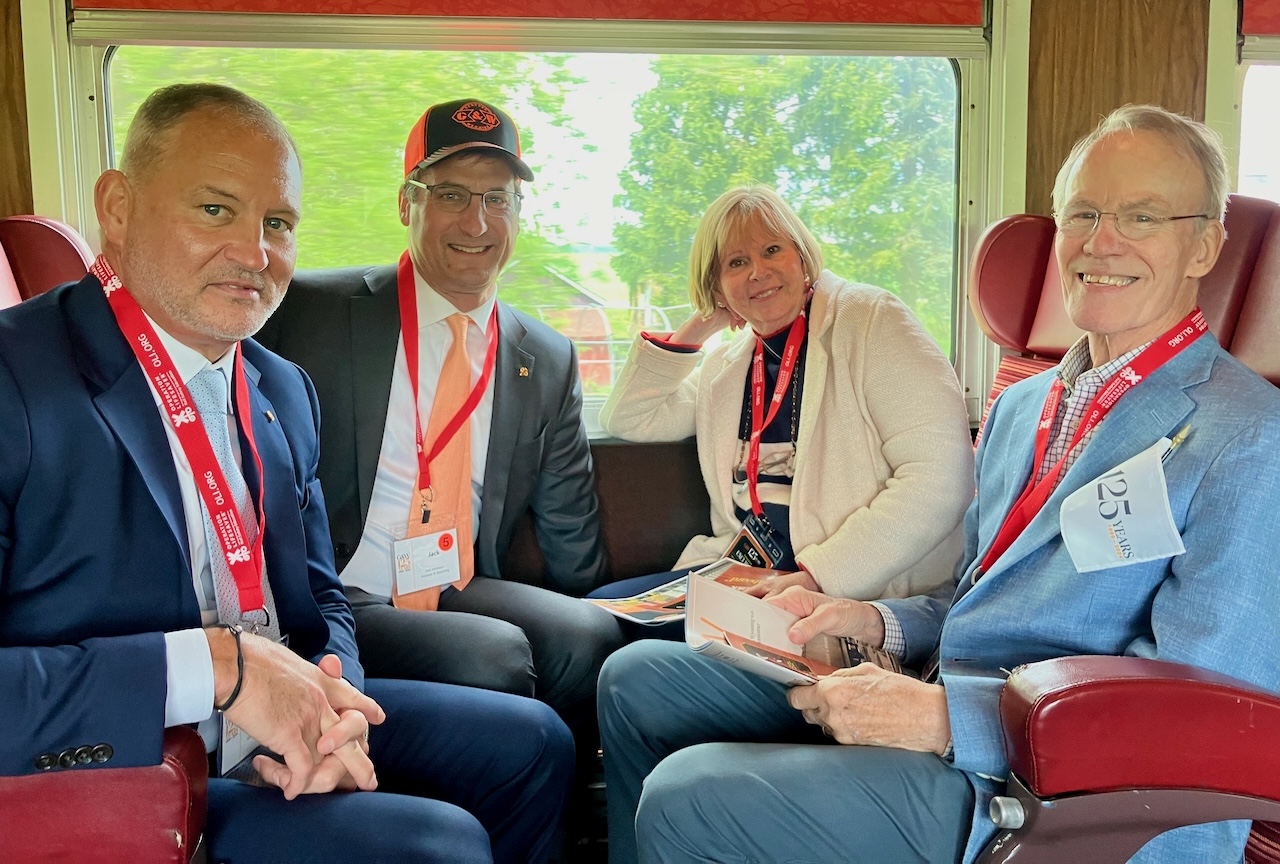
Hellmann credits the company’s longevity to three things: The efficiency of steel wheels rolling on steel rails, the impact of the Fuller family, and GWI’s employees.
CEO Michael Miller thanked Fuller for planting the seeds that have germinated into the flourishing company of today. Recent investments in the GWI workforce, technology, and locomotive and car fleets will pay off over the long term, Miller says.
“Those investments will serve our customers, serve our communities, and get us into the future,” he says. “And they’ll take us to a new level of service and allow us to be more competitive as the landscape changes in front of us.”
Any company that wants to survive 125 years has to innovate, Miller says. Today that means investing in the RailPulse railcar telematics joint venture as well as in Parallel Systems, which is developing autonomous, battery-electric freight cars. “That could reinvigorate business in low density areas and serve communities that can’t be served by rail, and doing that with zero carbon emissions,” Miller says.
Fuller says that when he gained a controlling interest in G&W 47 years ago he never imagined it growing into a global enterprise.
The key turning point, he said in an interview aboard the 34.45-mile excursion to the American Rock Salt mine in Mt. Morris, N.Y., was the initial public offering in 1996. After that, he says, the money started flowing and fueled acquisition after acquisition.
Yet the IPO was not a sure thing, Hellmann says. It had been postponed in the aftermath of a 1994 cave-in that flooded the Retsof, N.Y., salt mine that provided the railroad with up to 1.1 million tons of salt shipments annually. In 1995, a decision was made to abandon the mine that had been the G&W’s lifeblood for nearly a century.
GWI’s 1996 acquisition of the coal-hauling Chicago & Illinois Midland — which GWI renamed the Illinois & Midland — underscored the company’s disciplined growth strategy. “The team did a really good deal at that moment, and then that underpinned the IPO by showing what G&W could do,” Hellmann says.
Construction began on a new salt mine in Mt. Morris in 1998. The American Rock Salt mine opened three years later — and with a capacity to produce 18,000 tons of salt per day is the most productive in the U.S. Covered hoppers with GNWR reporting marks haul the salt to destinations across the Northeast.
GWI executives say the acquisition chapter of the company’s history is now closed. Instead, its focus has shifted from mergers and acquisitions to gaining more volume on its existing short lines. Thanks to the renaissance of manufacturing in North America, companies are looking for places to build rail-served facilities, Hellmann says.
The consolidation in the railroad industry over the past three decades has rail shippers looking for short lines that interchange with more than one Class I railroad. “The connectivity to multiple Class Is creates so much more value for somebody looking to locate along a railroad,” Miller says.
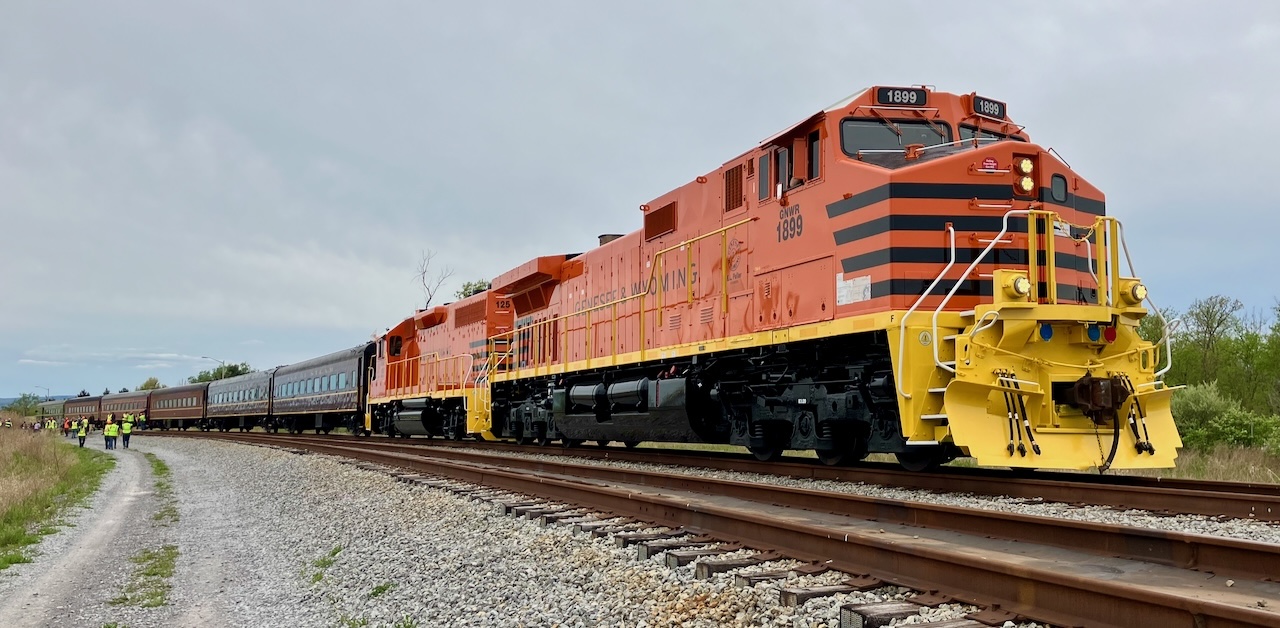
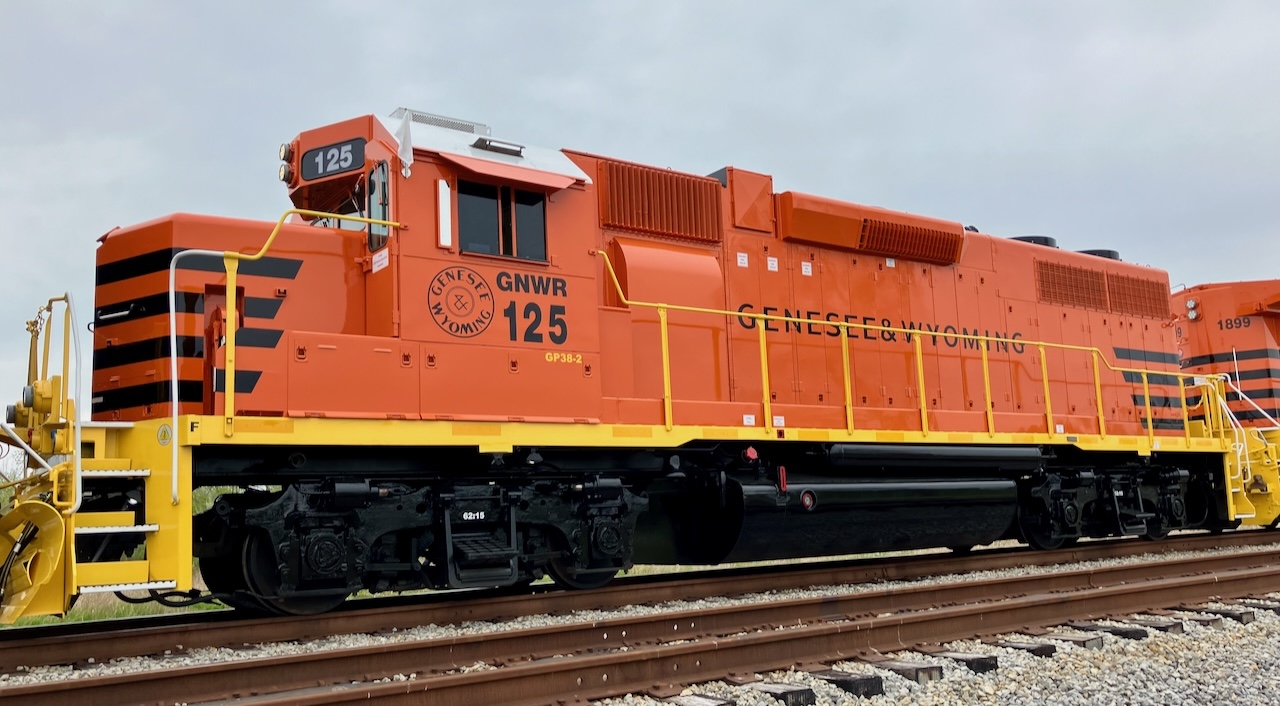







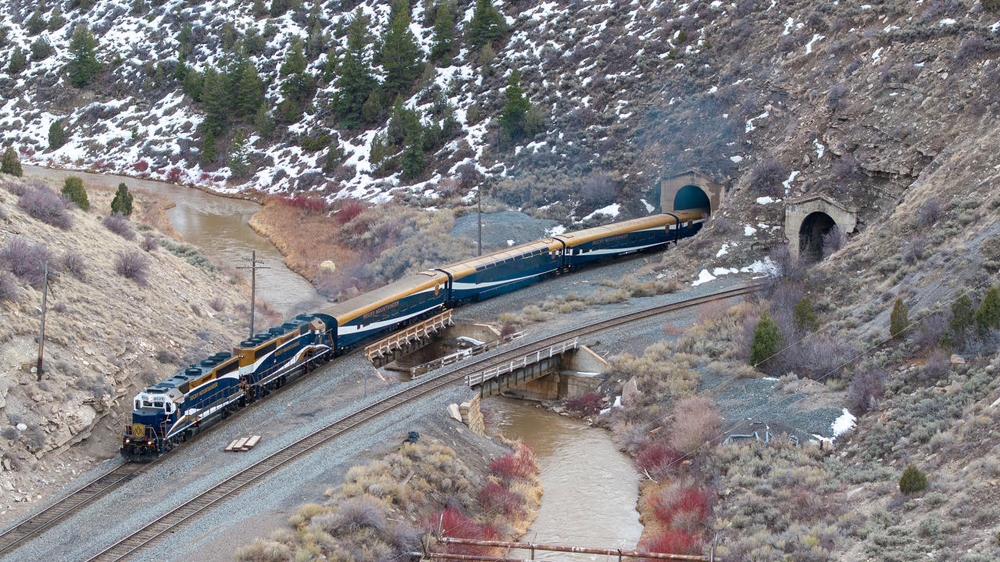
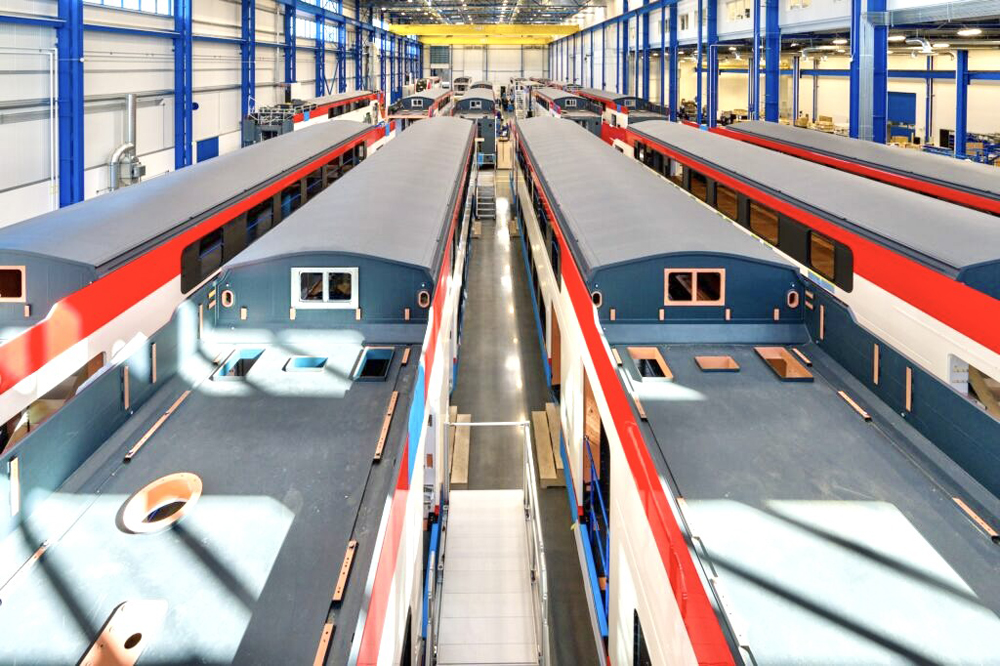
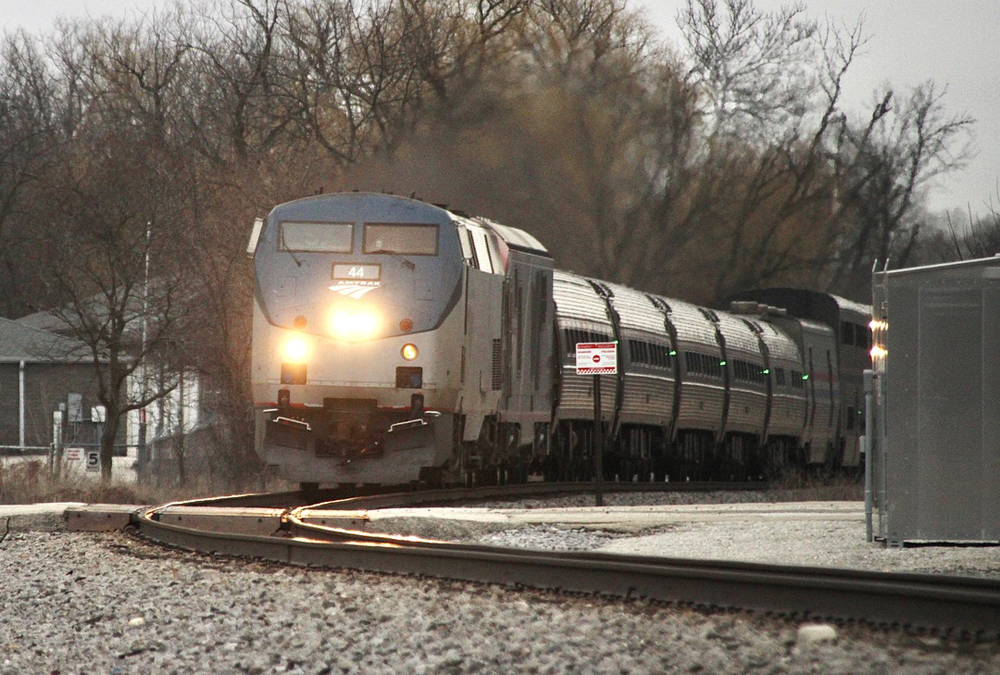




An entire article for these but not even a peep about SEPTA’s new heritage units?
Very cool. I grew up in Rochester and was fortunate to visit the GWNR shop in Retsof in the early 80’s. At that time, the Alco S4’s and RS-1’s were still in service and wore the heritage scheme while the new MP-15’s were in the current GWI paint. They also had one S4 and one RS-1 still painted in red, white and blue like many Class 1’s did in 1976 celebrating the bicentennial.
Nice livery, really stands out. I love when businesses succeed through shear hard work, innovation, and determination. Good job GNWR.